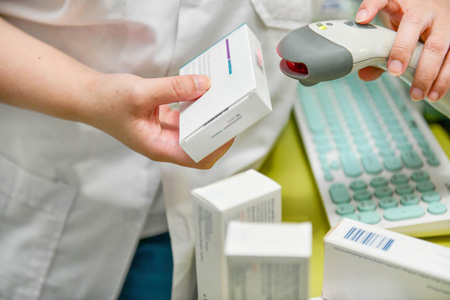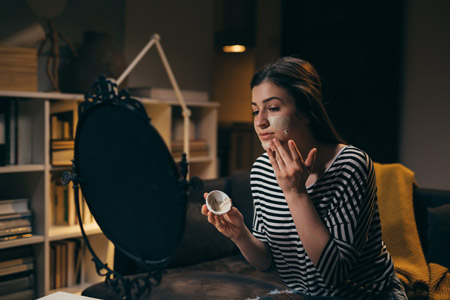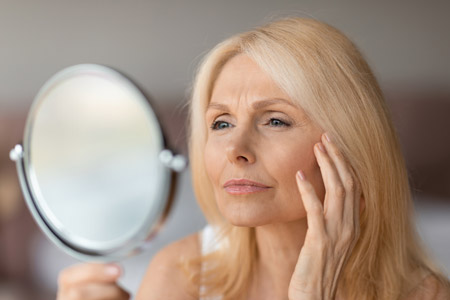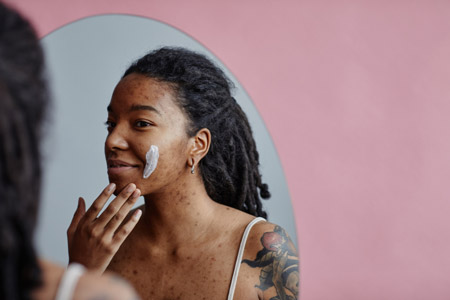


What Is Dermal Filler?
Like so many trends in fashion, skincare, and beauty, what celebrities do often trickles down to the rest of the population — and filler is no exception. Dermal filler is a hot topic in the cosmetics industry now, but this rise in popularity can lead to many misconceptions and myths making their way to you.
In this article, we’ll explore exactly what dermal fillers are, what they can do to your skin, and any potential risks associated with them.
What Is Dermal Filler?
Dermal fillers are non-surgical cosmetic treatments designed to restore volume, smooth wrinkles, and enhance facial contours. These gel-like substances are injected beneath the skin, typically in areas that lose volume or elasticity with age. Common areas for filler treatment include the cheeks, lips, under the eyes, and around the nose and mouth.
Most modern dermal fillers are made from hyaluronic acid (HA), a naturally occurring substance in the skin that helps retain moisture and volume. HA fillers are popular because they are biocompatible, meaning they work well with the body’s natural processes, and their effects are temporary, lasting from six months to two years. There are also other types of fillers made from substances like calcium hydroxylapatite or poly-L-lactic acid, each designed for specific uses and longer-lasting results.
What Do Fillers Do to Your Skin?
Dermal fillers are minimally invasive and are injected just under your skin, typically in a normal medical office setting. After injection, results are visible almost immediately, with many people reporting fuller, smoother, and more youthful-looking skin.
Since it is a customizable treatment, patients can achieve subtle or dramatic changes based on their goals.
What Are the Risks Associated with Filler?
While dermal fillers are generally considered safe, they should be administered by a licensed professional to avoid risks such as infection, bruising, or uneven results. Consulting with a qualified provider ensures that the correct type and amount of filler is used for your specific needs.
Side effects can include:
- An unbalanced or asymmetrical appearance
- Bleeding, bruising, redness, pain and swelling
- Potential scarring or skin damage
- Skin infection
- Lumpy or bumpy skin
- Numbness
- Acne-like blemishes
- Rashes or irritation
If you experience any of these side effects, it’s important to call your healthcare provider immediately.
Overall, dermal fillers can provide a versatile solution for those looking to refresh their appearance without undergoing surgery, offering a convenient way to potentially combat signs of aging and achieve a more youthful glow. Always be sure to consult your doctor or dermatologist before getting any kind of filler.
The information on this site is for informational purposes only and should not replace direct medical advice, diagnosis, or treatment from your doctor or another qualified healthcare provider.
Sources:



















.jpg)





















.jpg)

















.jpg)


























.jpg)
.jpg)
.jpg)













